Just an hour’s drive south of Rome lies Ciociaria, a hidden gem of Italy that feels worlds away from the tourist crowds of the capital. I discovered this beautiful region during my travels last spring and was instantly captivated by its unspoilt landscapes and rich cultural heritage.
Ciociaria offers a true slice of authentic Italian life, with fascinating towns, deep-rooted traditions, and stunning natural scenery that few international travelers ever experience.
Driving through the rolling hills of southern Lazio, I was struck by how this region manages to preserve its unique identity while being so close to major cities like Rome and Naples. The name “Ciociaria” refers to a collection of charming towns and villages that dot the landscape, each with their own stories and legends to discover.
What makes this area special is not just its beauty, but how it remains firmly off the common tourist circuits.
My journey through Ciociaria introduced me to a side of Italy where folklore and traditions still thrive. The locals welcomed me warmly into their world of regional cuisine, ancient customs, and festivals that have remained unchanged for generations. If you’re looking to experience the real Italy beyond the big cities, this cultural heart of southern Lazio should be at the top of your travel list.
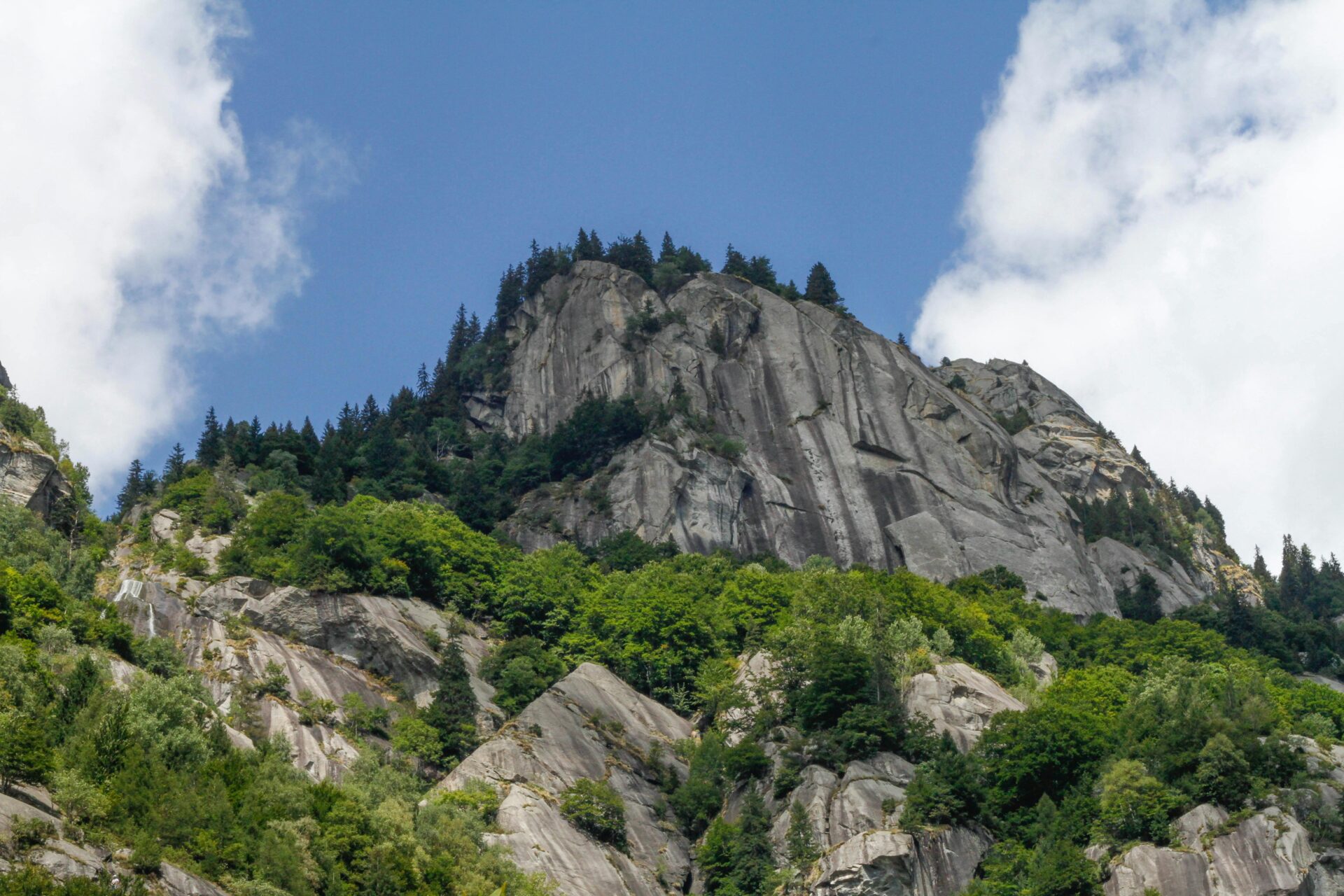
Exploring Ciociaria: A Journey Through Time
Ciociaria offers an extraordinary glimpse into Italy’s layered past, with medieval towns that seem frozen in time just a short drive from Rome. The region’s fascinating history comes alive through its ancient architecture and cultural traditions.
The Historic Essence of Frosinone
Wandering through Frosinone, I was immediately struck by how this provincial capital balances its modern role with deep historical roots. The old town sits proudly on a hill, offering spectacular views of the surrounding countryside.
The Cathedral of Santa Maria Assunta stands as the city’s spiritual center, with its impressive façade drawing visitors from across Lazio. I spent hours exploring its interior, admiring the religious artworks that span centuries.
What fascinated me most was Frosinone’s Roman heritage. Remains of ancient walls and archaeological finds throughout the city tell stories of its importance during the Roman Republic. The local archaeological museum houses artifacts that bring this period vividly to life.
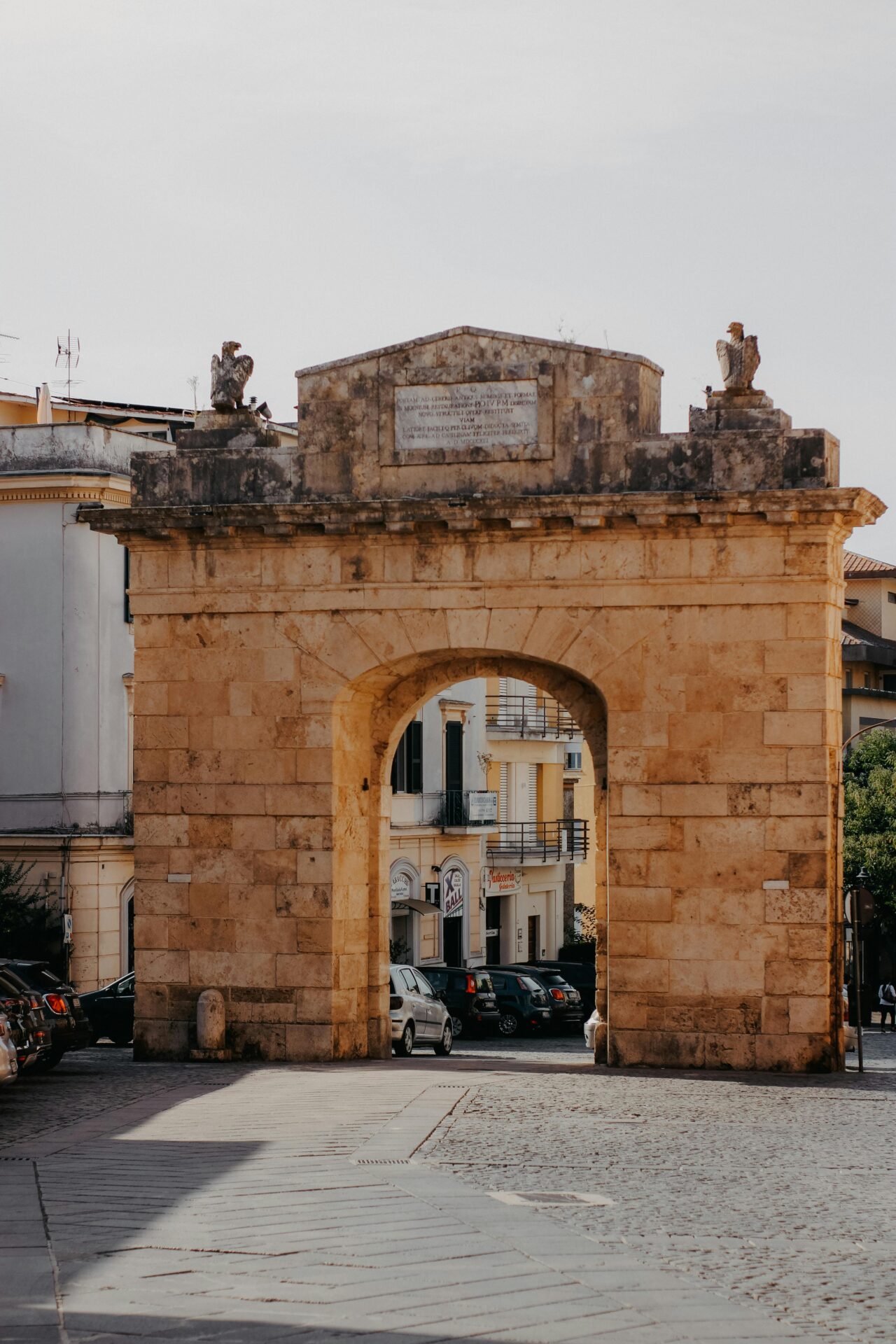
Veroli: A Testament to Lazio’s Legacy
Veroli captured my heart with its perfectly preserved medieval character. Walking its narrow cobblestone streets feels like stepping back several centuries.
The Basilica of Santa Maria Salome houses one of Ciociaria’s most important religious treasures – the crypt dedicated to St. Salome. I was moved by the ancient frescoes adorning its walls, each telling biblical stories with remarkable artistry.
The Museo Civico showcases Veroli’s rich past through an impressive collection spanning Etruscan times to the Renaissance. Don’t miss the Fasti Verulani, a Roman calendar fragment that dates back to 9 CE.
My favorite discovery was the Casamari Abbey just outside town. This Cistercian monastery exemplifies Gothic architecture in Italy and offers a peaceful retreat from modern life.
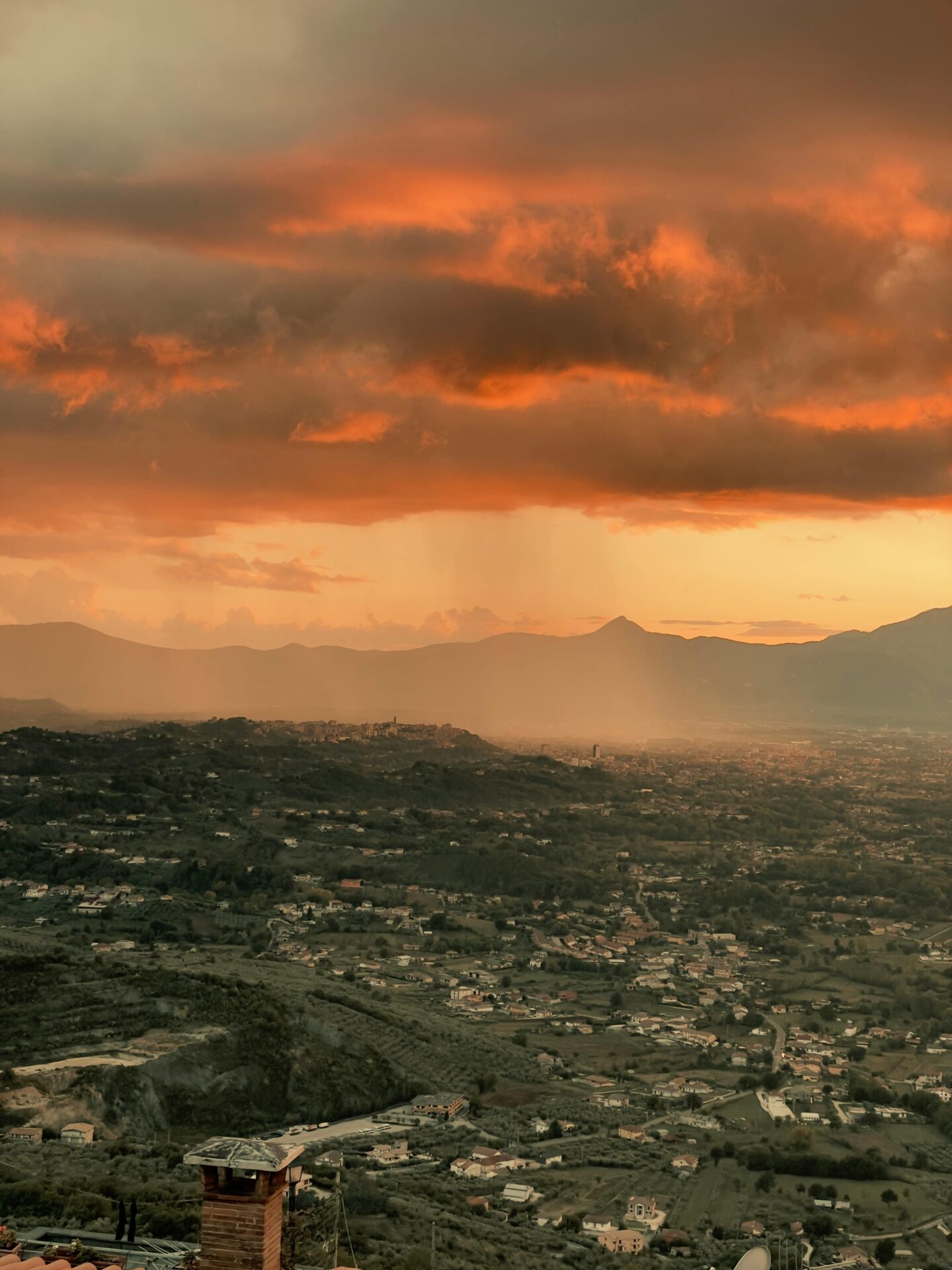
Alatri’s Architectural Wonders
The ancient acropolis of Alatri left me speechless with its massive megalithic walls. These perfectly fitted stone blocks, constructed without mortar, have stood for over 2,500 years.
The Porta Maggiore, Alatri’s main gateway through these impressive walls, features enormous stone lintels that demonstrate the remarkable engineering skills of ancient builders. I spent hours photographing these incredible structures from different angles.
Inside the walled city, the Cathedral of San Paolo presents a beautiful contrast with its medieval and Renaissance elements. The intricate façade details reveal the artistic evolution of this region through centuries.
What makes Alatri truly special is how everyday life continues amidst these ancient wonders. Locals shop at markets and gather in cafés beneath walls that have witnessed millennia of human history.

Religious and Aquatic Monuments
Ciociaria’s landscape is dotted with sacred structures and remarkable water engineering that tells the story of faith and innovation spanning centuries. These monuments stand as testaments to the region’s rich cultural heritage and technical prowess.
Church of Santa Maria: A Sacred Heritage
Walking through the narrow streets of Ciociaria, I was struck by the beauty of the Church of Santa Maria Assunta. This 5th-century basilica captivates visitors with its impressive architecture and religious significance.
Built on the ruins of an ancient temple dedicated to Venus, the church showcases a fascinating blend of pagan history and Christian devotion. The intricate frescos inside tell biblical stories that have educated the faithful for centuries.
When I visited during a religious festival, locals gathered to honor their patroness. The procession through town, with the statue of Mary carried on shoulders, revealed how deeply this sacred site remains woven into community life.
Don’t miss the ornate altar and the ancient crypts beneath the main floor. These underground chambers contain remarkable artifacts that connect today’s worshippers with generations past.
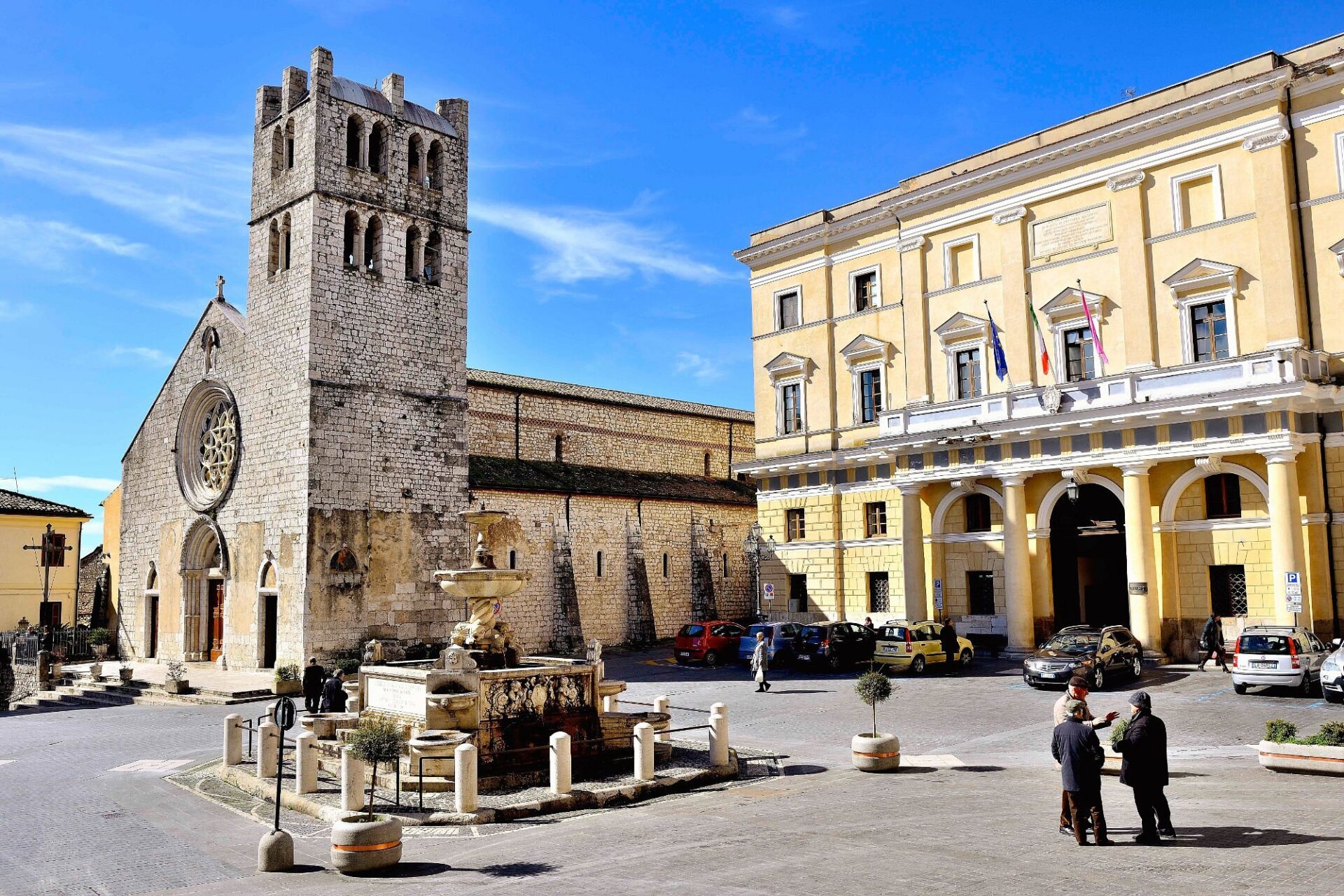
The Marvels of Ancient Aqueducts
The Roman aqueducts threading through Ciociaria’s landscape left me in awe of ancient engineering ingenuity. These massive stone structures once transported fresh water from mountain springs to towns and cities across the region.
Many sections remain remarkably intact, with arches standing tall against the rolling hillsides. I traced my hand along the limestone blocks, marveling at the precision of construction completed without modern tools.
The aqueduct system included sophisticated features:
- Precisely calculated gradients for water flow
- Settling tanks for purification
- Distribution terminals in urban centers
- Underground channels in certain sections
Local guides told me these structures functioned effectively for centuries. The engineering knowledge required to build them reveals the advanced understanding Romans had of hydraulics and material science.
Hiking paths now follow many aqueduct routes, offering travelers both historical insights and beautiful countryside views.
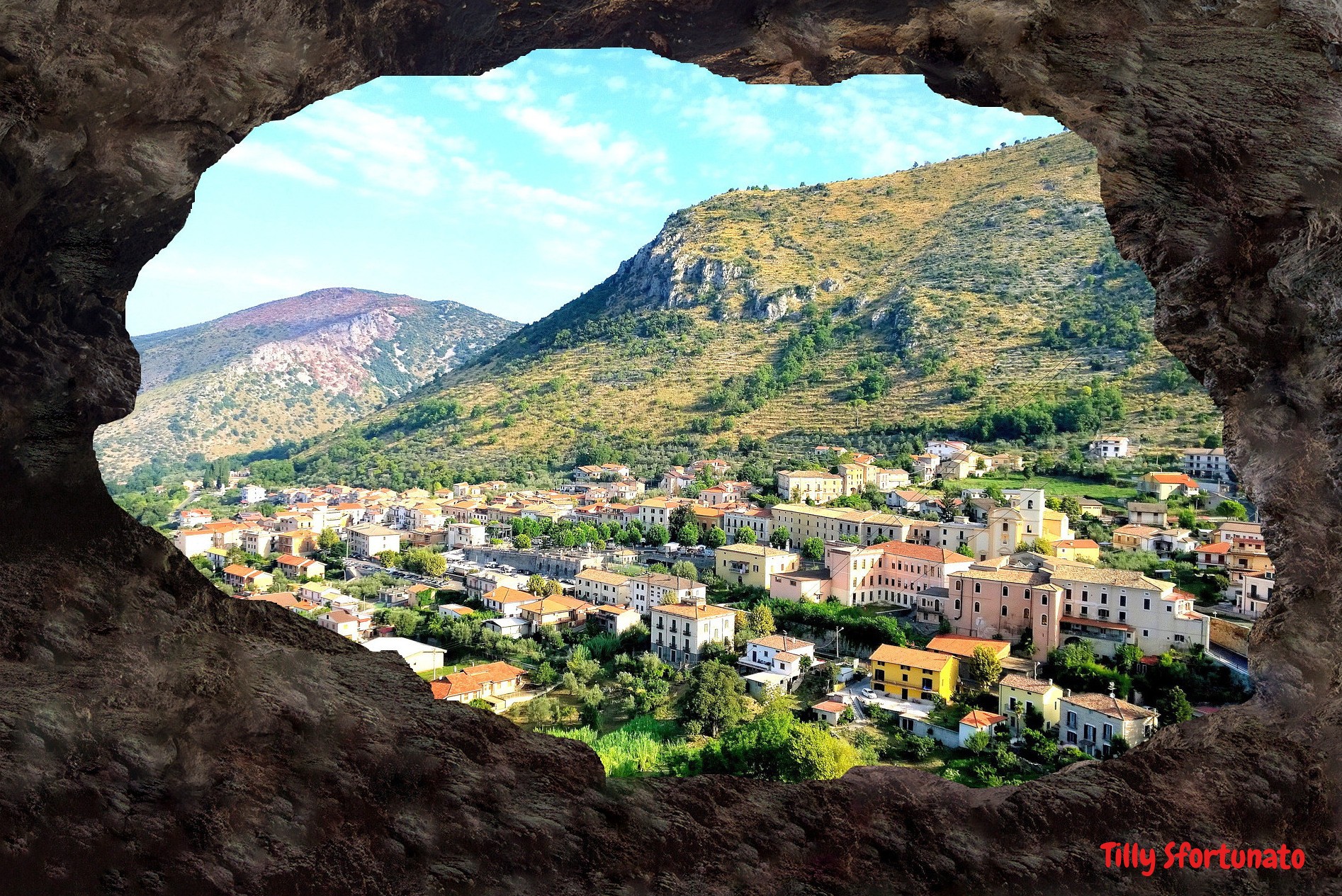
Cultural and Artistic Roots of Southern Lazio
Ciociaria’s cultural landscape captivates with its rich artistic heritage and historical significance. The region preserves centuries of creative expression through ancient buildings, remarkable frescoes, and towns that birthed influential thinkers.
Uncovering Frescoes in Time-Honored Buildings
I was awestruck when I first encountered the medieval frescoes in Veroli, a standout town in Ciociaria’s artistic landscape. Walking through its cobblestone streets, I discovered buildings where time seemed to stand still.
The most impressive frescoes appear in Anagni’s Cathedral, often called the “Sistine Chapel of the Middle Ages.” The vibrant colors and biblical scenes have survived centuries, telling stories of faith and artistry.
Many smaller towns throughout southern Lazio hide similar treasures. In Alatri, I found unexpected artistic gems in modest churches, with Byzantine influences visible in the painting styles.
Local restoration efforts have recently uncovered previously hidden works, allowing visitors to witness these masterpieces as they appeared hundreds of years ago.
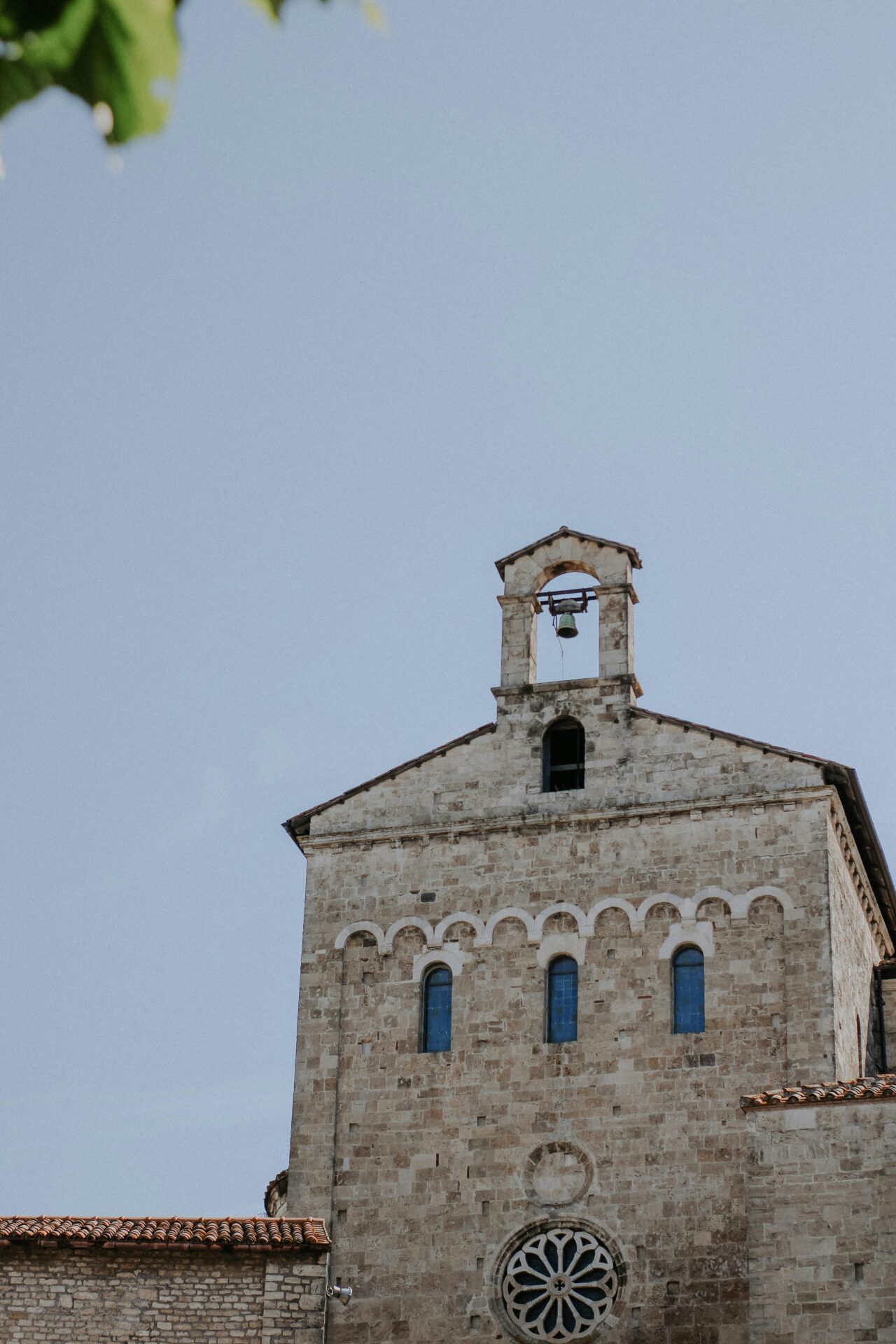
Sora and Arpino: Havens of Cultural Wealth
Sora captured my heart with its blend of natural beauty and cultural significance. This charming town near the Liri River was home to several notable Italian poets and philosophers. The local museum houses artifacts spanning from ancient Roman times through the Renaissance.
Arpino, just a short drive away, proudly claims Cicero as its most famous son. I spent hours exploring the birthplace of this influential Roman orator and statesman. The town celebrates his legacy through annual festivals and scholarly events.
Both towns feature impressive examples of Romanesque and Gothic architecture. Their narrow streets lead to unexpected piazzas where locals gather for evening passeggiata, continuing traditions that span generations.
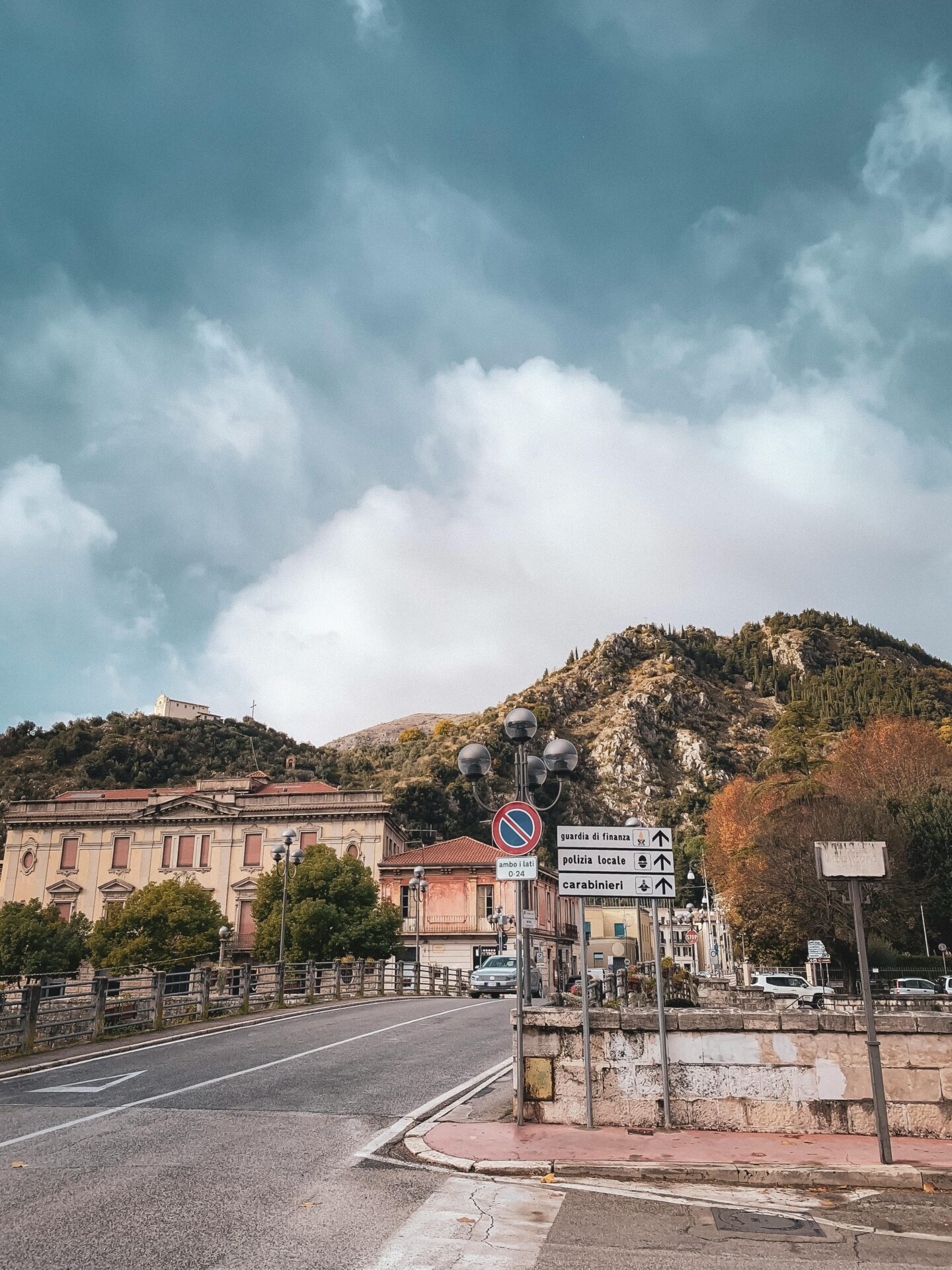
Modern Influences and Historical Narratives
The cultural landscape of Ciociaria reveals layers of history, where ancient traditions blend with modern developments. The region’s story includes complex chapters from Italy’s fascist era that continue to shape its identity today.
Tracking Mussolini’s Footprints in Lazio
Walking through southern Lazio, I often find myself confronted with the lingering architectural legacy of Mussolini’s regime. His imprint on the region extends beyond the well-known EUR district in Rome to the smaller towns of Ciociaria.
In Latina (formerly Littoria), I discovered buildings that still display the distinctive rationalist style favored during the fascist period. The town was created as part of Mussolini’s land reclamation projects in the 1930s.
Nearby Ostia also bears marks of this era, particularly in its formal urban planning and public buildings that glorified the regime’s ideology. These structures stand in stark contrast to the medieval architecture that dominates much of Ciociaria.
The region of Latium (Lazio) itself was central to Mussolini’s vision of connecting modern Italy to its imperial Roman past. Many local museums now contextualize this period through thoughtful exhibitions that neither glorify nor ignore this complicated history.
Unlike the ancient splendors of Tivoli with its Villa d’Este and Hadrian’s Villa, these fascist-era sites attract fewer tourists but offer important insights into Italy’s 20th-century struggles.

Culinary Traditions and Local Delights
The cuisine of Ciociaria represents one of Italy’s most authentic gastronomic treasures, built on centuries of tradition and the bounty of the land. Local dishes showcase seasonal ingredients and time-honored preparation methods that have been passed down through generations.
Flavors of Ciociaria: From Land to Table
When I explore Ciociaria’s food scene, I’m always struck by how deeply connected the cuisine is to the landscape.
The rolling hills around Frosinone provide perfect conditions for olive groves. These groves produce exceptional olive oil with a distinctive peppery finish.
Porchetta is perhaps the region’s most famous specialty. This succulent roasted pork is seasoned with local herbs and often enjoyed at festive gatherings or as street food in town squares.
The pasta here tells stories of tradition. In small family restaurants across Arpino, I’ve watched nonnas shape homemade pasta by hand. They create regional specialties like cecapreti and fini fini.
Cheese production is another highlight of the area. Local sheep and goat cheeses range from fresh and delicate to aged and robust. Many farms welcome visitors for tastings and demonstrations.
Wine culture flourishes in Ciociaria, with small vineyards producing bottles that rarely leave the region.
These local wines perfectly complement the hearty dishes typical of the area.
Influences from neighboring Campania can be tasted in some dishes. This creates a fascinating culinary borderland where traditions blend and evolve while maintaining their distinctive character.

